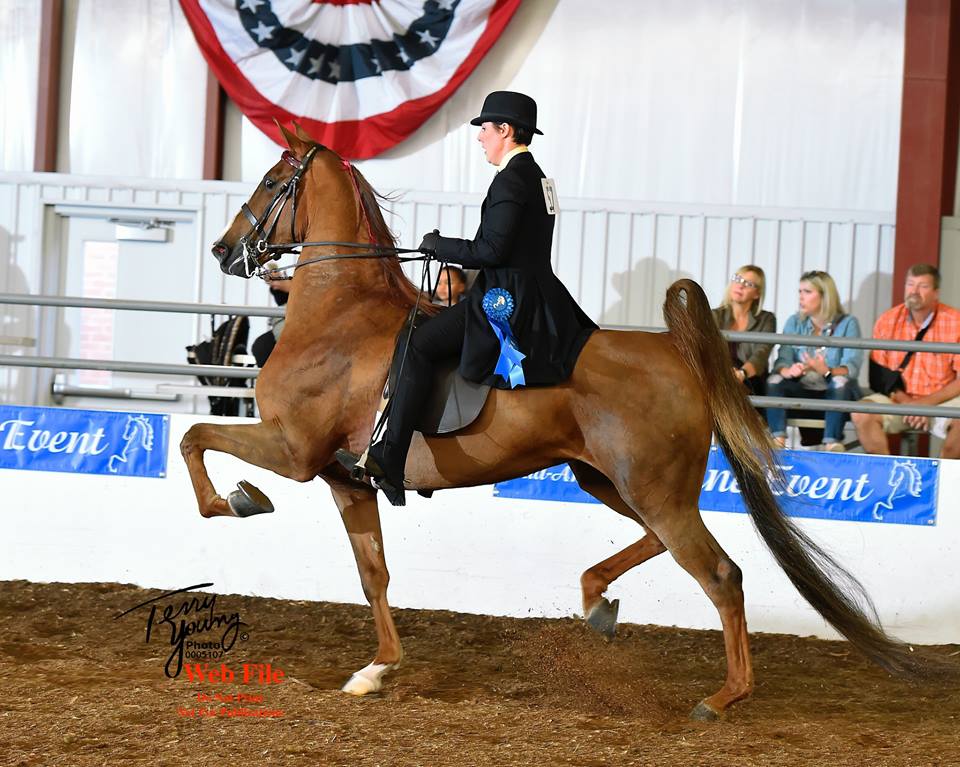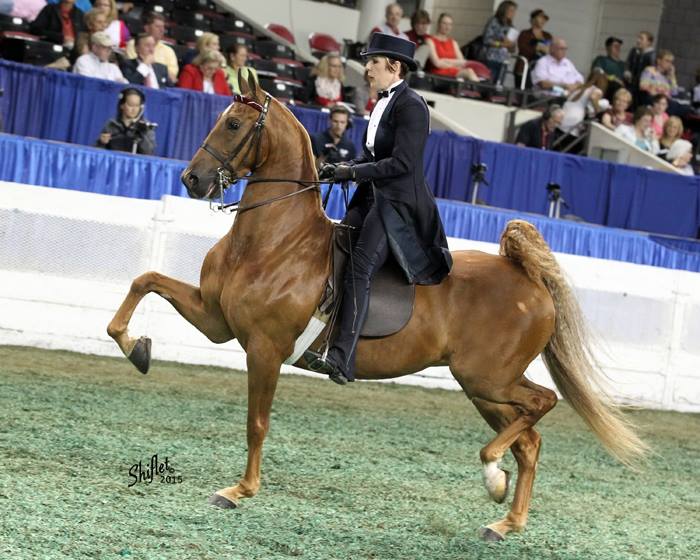We’ve entered 2020, a new year, a new decade. Out with the old, in with the new. Each new year brings about feelings of rebirth and new beginnings. It’s another chance to start over and do things right. At this time of year people are often busy making resolutions for their health and happiness. People set goals make plans and find inspiration. What if the reason you haven’t met your goals in previous years is because of the presence of fear rather than the lack of other important qualities? How do you move forward before you address the fear? How does one experience growth in the face of their anxieties?
In November of 2019 an article was published on VeryWellMind.com titled “The Psychology Behind Fear.” The article was written by Lisa Fritscher and medically reviewed by Dr. Stephen Gans, MD. In the article Fritscher describes fear saying,
“Fear is a powerful primitive human emotion. It alerts us to the presence of danger and was critical in keeping our ancestors alive…Some fears may be the result of experiences or trauma, while others may represent a fear of something else entirely such as a loss of control.”
As equestrians we run across all kinds of different anxiety eliciting situations. Some of these are irrational fears, where some are very real. Some riders fear the show ring, others fear a particular horse, others yet fear a certain gait, such as a canter. Riders who are inherently brave tend to excel and reach greatness more quickly than the timid anxiety ridden equestrians. People tend to perceive brave riders as fearless. In reality their bravery has nothing to do with the lack of fear. Bravery comes from the acceptance of fear. Bravery is being scared to death and saddling up anyway.

There have been many occasions in my life where someone has commented to me about my tolerance for risk. I’ve shown and ridden many very challenging and sometimes, flat dangerous horses. On hundreds of occasions I’ve sat on the backs of horses that have never carried a rider before. I’ve heard people comment about my nerves of steel. Although the critique of my character is flattering it is not quite accurate. You see just as Lisa Fritscher describes in her article ‘The Psychology Behind Fear,’ people can become acclimated to the feeling of fear. Fritscher explains,
“Repeated exposure to similar situations leads to familiarity. This dramatically reduces the fear response…”
As a professional horse trainer I am not only confident with what I know, of my skill set and balance, but I also have become accustom to the fear that is synonymous with my profession. I have learned to control my breathing in the face of anxiety and give my own mind the pep talk it needs when something feels impossible. I am able to talk my own mind off of a ledge when it’s running wild and taking over.

Dealing with fear is the basic principal riding instructors use all over the world to help riders experience growth in equestrian and all walks of their life. At the beginning of many equestrian careers a similar scene plays out. A riding instructor will be patiently coaxing a rider along asking them to rise and fall to a posting trot for the first time. The rider isn’t acclimated to the feeling and is very aware of the fear of falling. To the instructor it’s an irrational fear, as they may have taught hundreds of riders before, they trust their school horse and have all the proper safety practices in place. But to the rider, floundering around on the back of the horse, it’s as real as the day is long. The riders anxiety spikes, their body tenses towards the fetal position and all the chemistry and balance is gone. Once the instructor acclimates the rider, through repetition and muscle memory, things get cohesive and fluid. The rider gets past the fear and begins to learn. The instructor didn’t erase the source of fear, they just made the rider accept the fear until their body no longer manifests the response. You can’t erase the fear, but in order to get to the beauty on the other side you must push through the fear. If you never submit to the voice of your instructor in those beginning lessons instead of the pulsing nerves rushing through your gut, you’ll never know the feeling of cantering a horse in a warm summer breeze under blue skies in perfect harmony. Jumping through the fear could open beauty as you’ve never known it.

The same could be said with all things in life. If you don’t push past the fear of rejection you’ll never land that job, get that gig or be hand in hand with that girl you’ve always admired. If you have the tools, the team, the support, and the coach, it’s necessary to take that fear, chew it up and spit it out in order to accomplish your wildest dreams. Don’t let your own head trip cripple your opportunities, as sometimes the best opportunities present themselves as the fox in the henhouse. Sometimes the best opportunities show up as fear itself. Let go of the control you so desperately seek. Dive into the fray, with the right help and advice, look the devil in the eye and tell him you’re coming for him, no matter what he throws at you. Don’t be fearless, instead laugh in the face of your fear and then go ahead and do it anyway! I choose fearsome over fearless any day of the week.
Happy New Year everyone, may you conquer all your fears in 2020

Wow, very moving. And very true. That article can be applied in all aspects of life.
LikeLiked by 1 person
Yes absolutely! We may teach horse riding but the activity is just a tool to teach about life. Thank you for reading!
LikeLike